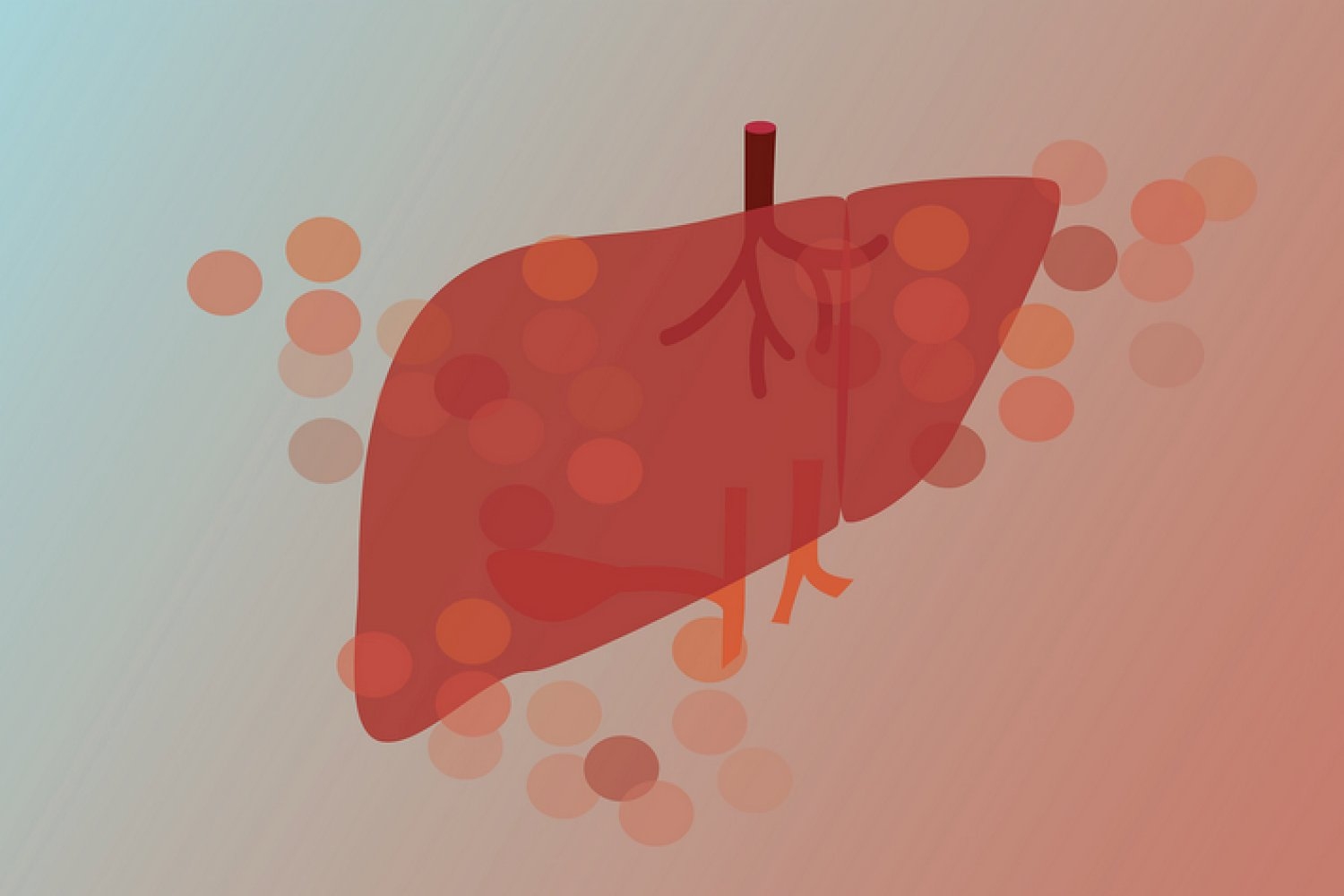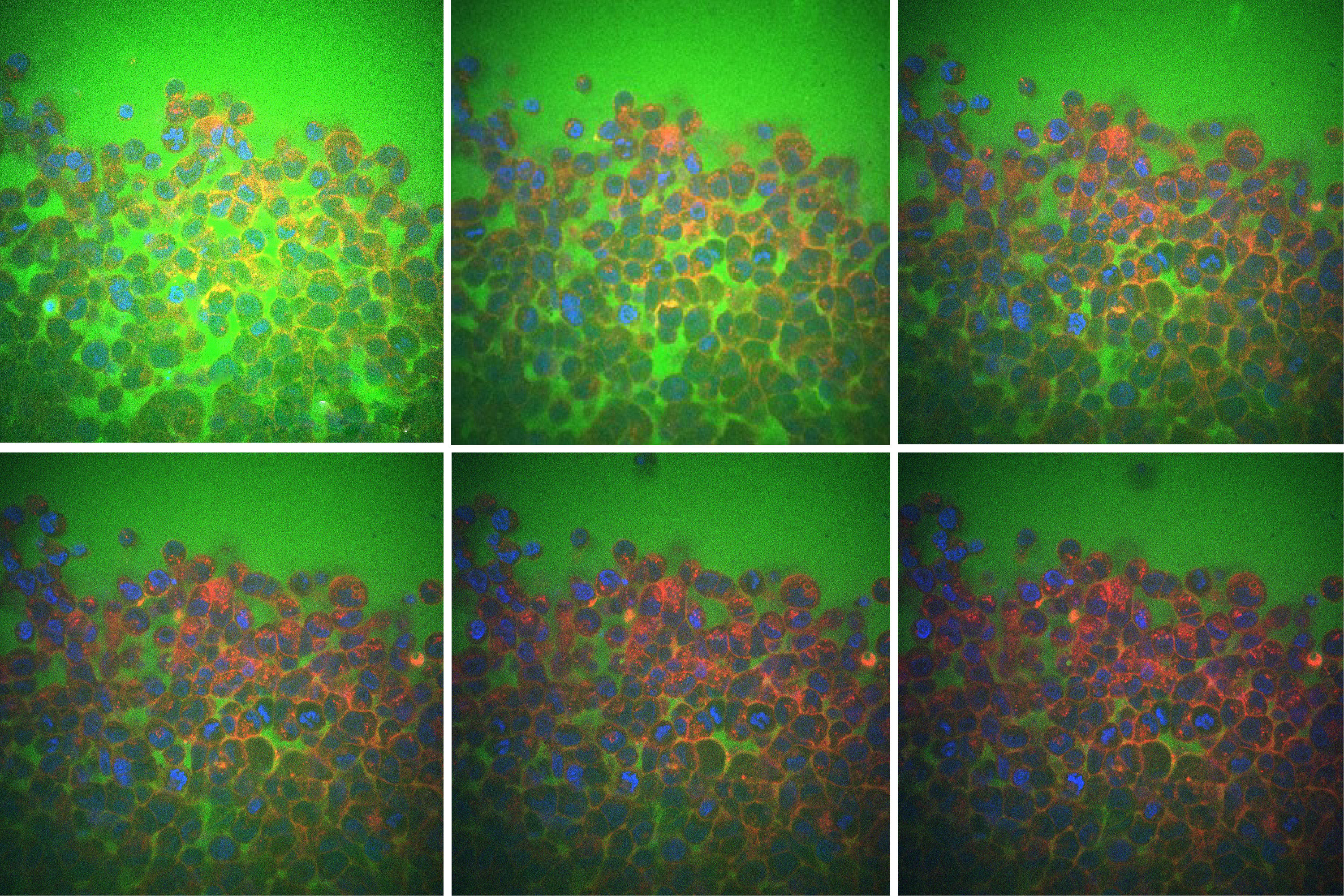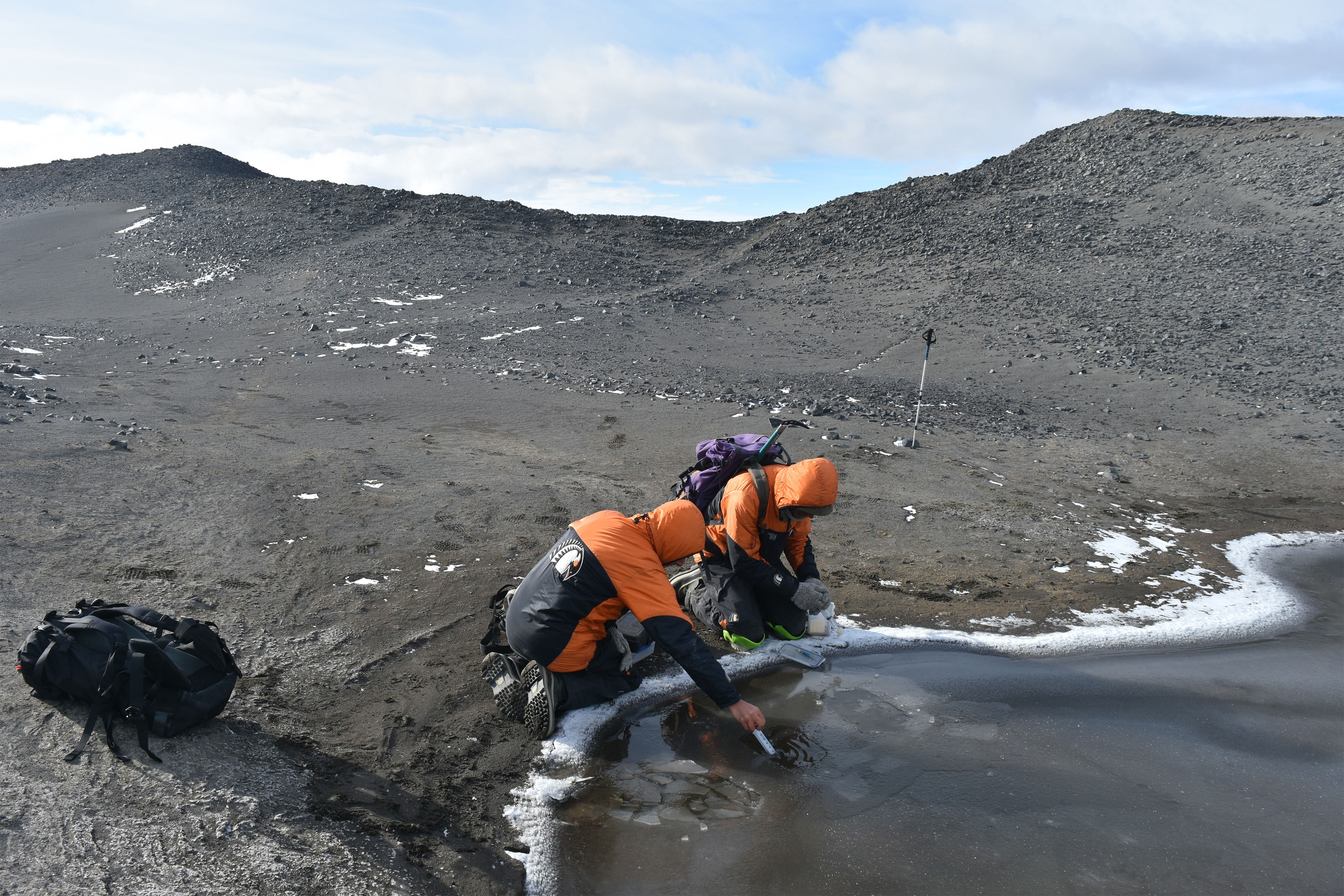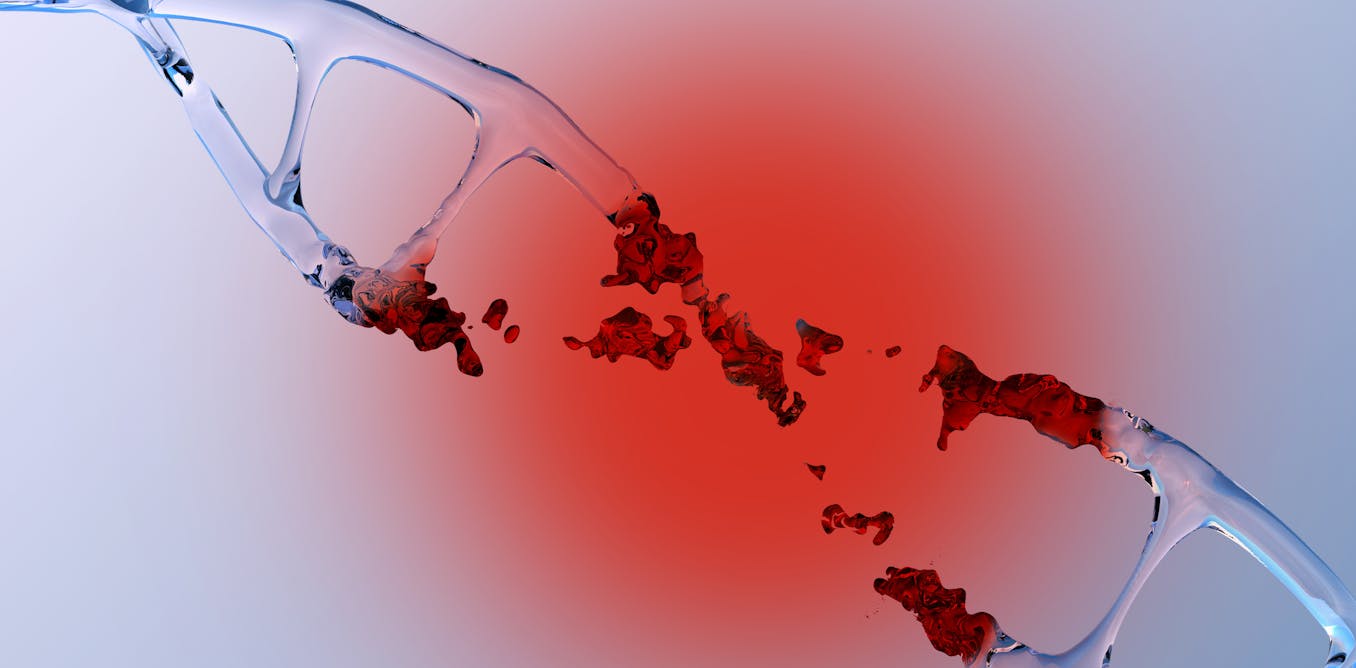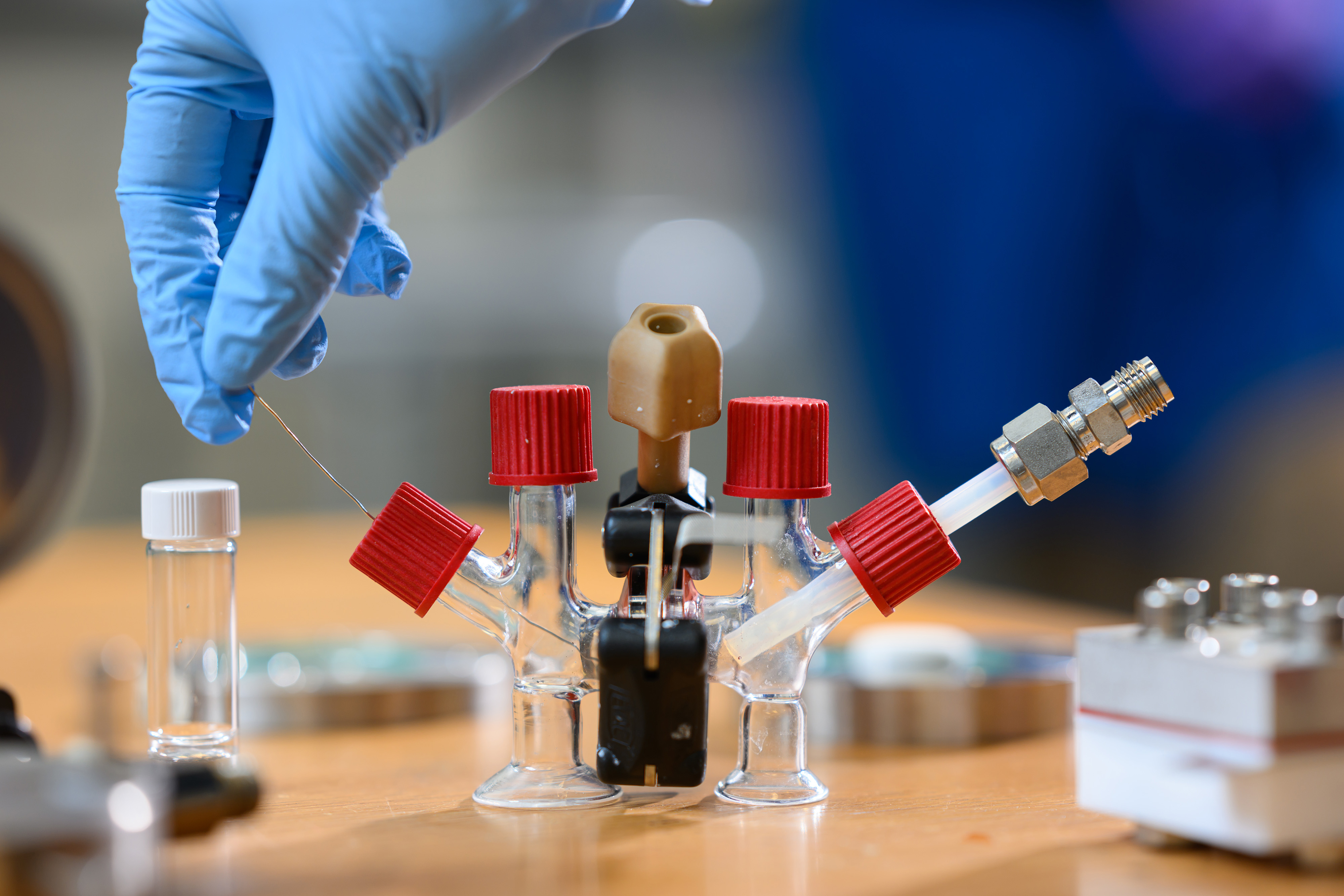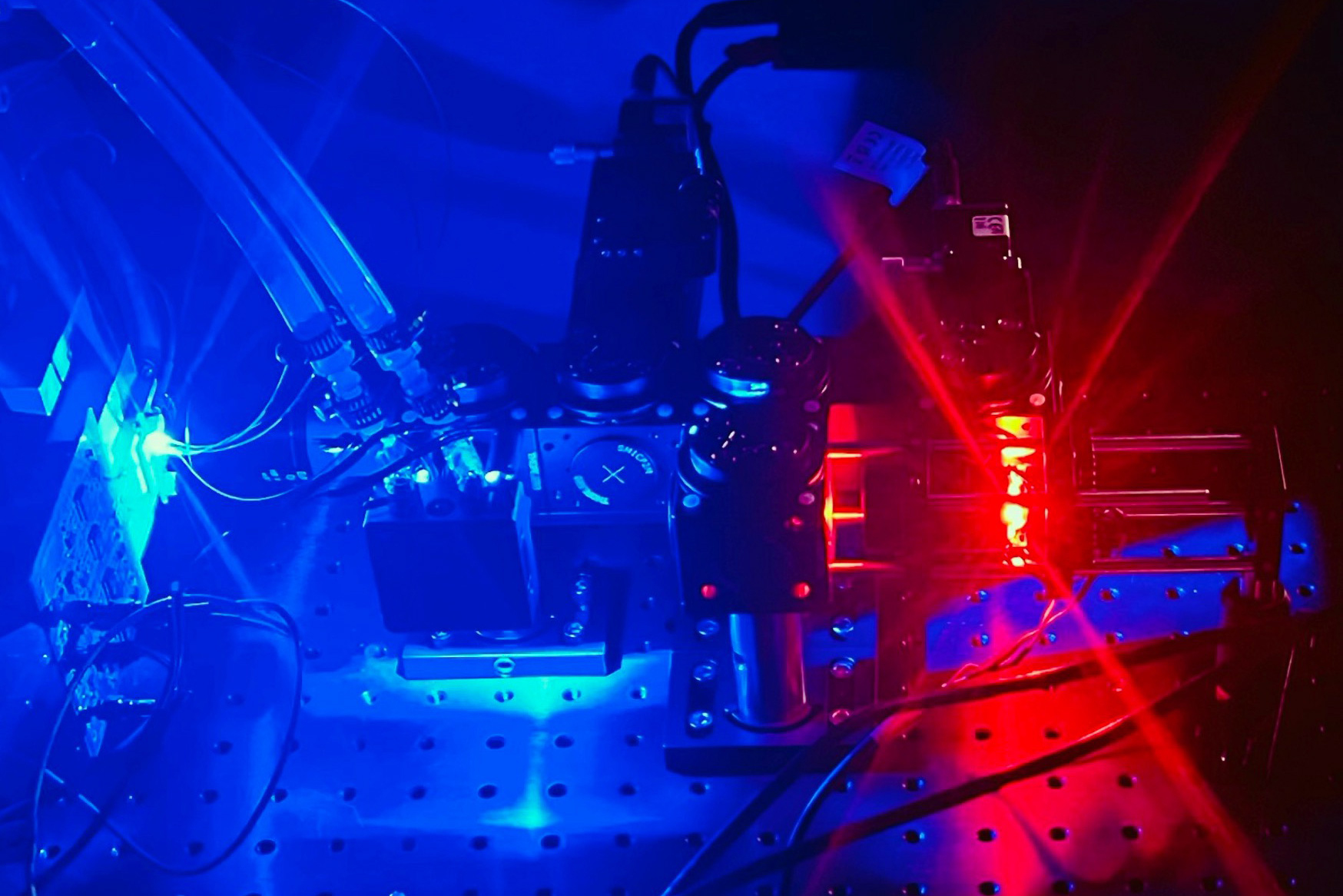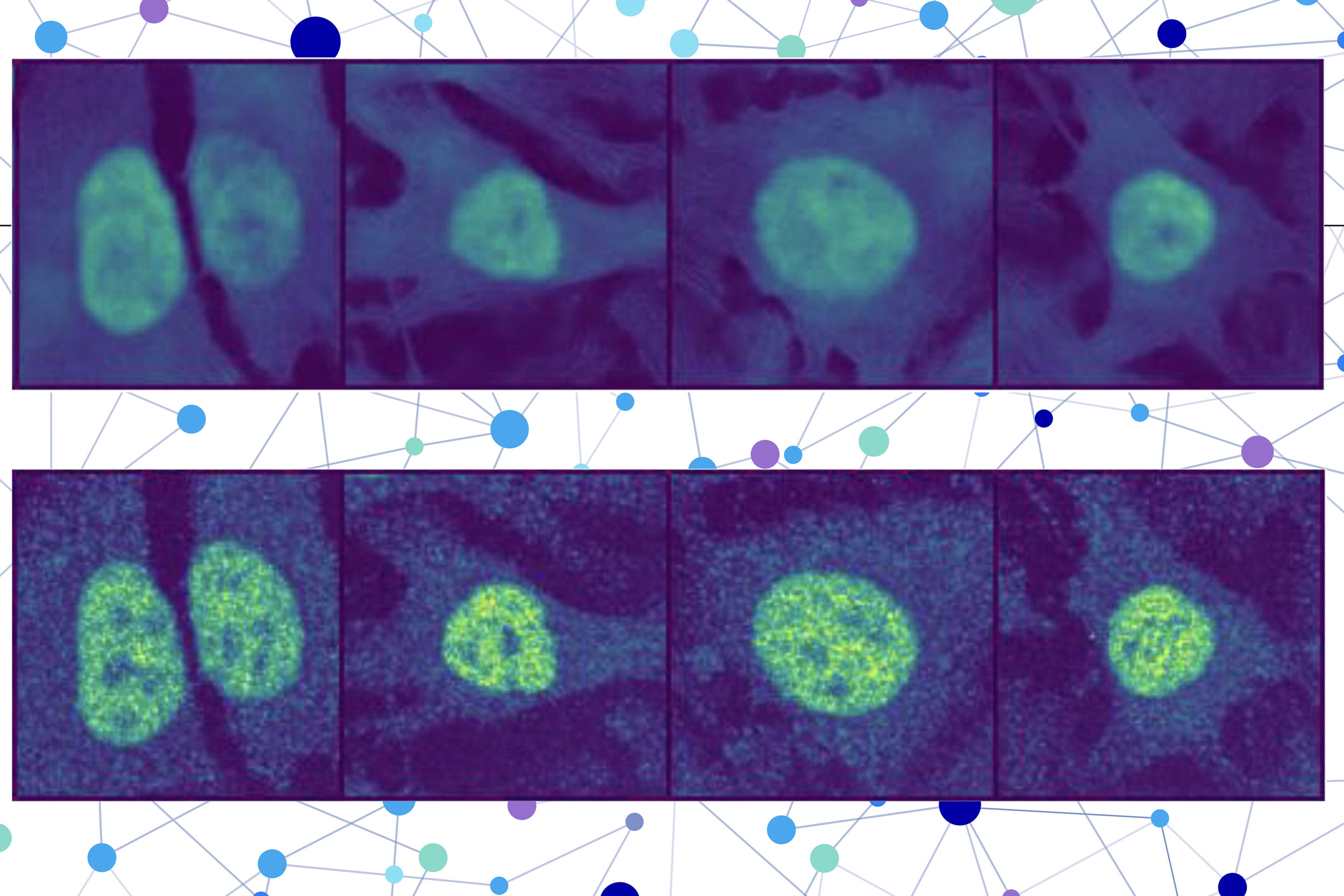Mitochondria can sense bacteria and trigger your immune system to trap them – revealing new ways to treat infections and autoimmunity
Not only do mitochondria serve as the engine of the cell – they also act as watchtowers for the immune system.
Andrew Monteith, Assistant Professor of Microbiology, University of Tennessee •
conversation
June 25, 2025 • ~7 min
June 25, 2025 • ~7 min
RNA has newly identified role: Repairing serious DNA damage to maintain the genome
Researchers discovered a previously unknown function of RNA, potentially opening the door to new ways to treat cancer and neurodegenerative diseases.
Francesca Storici, Professor of Biological Sciences, Georgia Institute of Technology •
conversation
June 16, 2025 • ~6 min
June 16, 2025 • ~6 min
Placenta bandages have far more health benefits than risky placenta pills − a bioengineer explains
Placentas contain a rich amount of nutrients and stem cells, but there’s a difference between eating it at home for wellness and using it in the clinic to improve wound healing.
Marley Dewey, Assistant Professor of Bioengineering, University of California, Santa Barbara •
conversation
May 16, 2025 • ~8 min
May 16, 2025 • ~8 min
/
66

